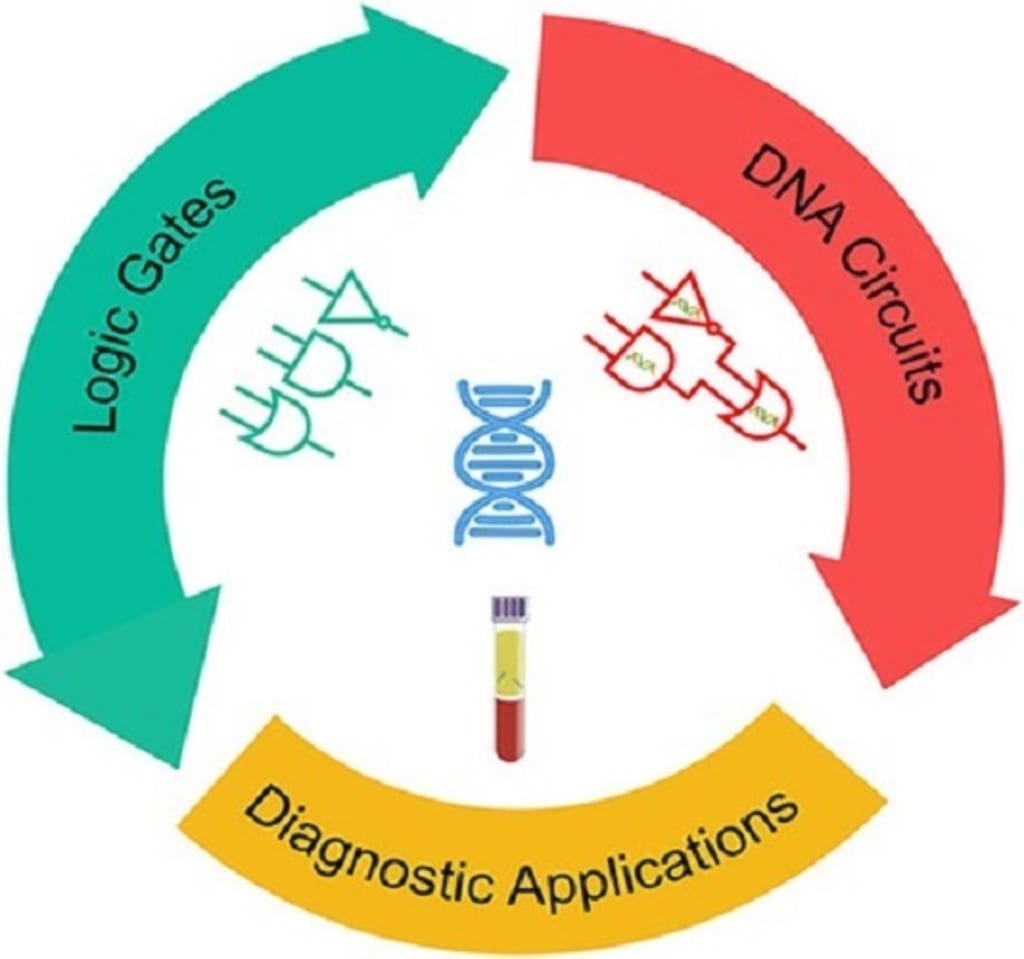
According to a recent study published in the journal Nature, a groundbreaking development in the field of DNA computing has been achieved by Chinese scientists. This pioneering liquid machine has the potential to be the first programmable DNA computer, capable of executing billions of diverse circuits. The researchers behind this innovation believe that it could not only solve complex mathematical problems but also have future applications in disease diagnosis.
Unlike conventional computers that rely on silicon microchips, DNA computers utilize the molecules that have been used by nature for billions of years to encode the blueprints of life. DNA computing involves laboratory operations to carry out calculations, with DNA strands serving as the inputs and outputs.
One potential advantage of DNA computing over traditional computing lies in its ability to store vast amounts of data. In theory, DNA can store up to one exabyte, or 1 billion gigabytes, per cubic millimeter. Furthermore, trillions of DNA molecules can fit into a single drop of water, suggesting that DNA computing has the potential to perform an immense number of computations in parallel while consuming minimal energy.
DNA is composed of strands consisting of four distinct molecules known as bases: adenine, thymine, cytosine, and guanine, abbreviated as A, T, C, and G. In electronic systems, data is typically encoded as series of zeroes and ones. In DNA computing, the number pairs 00, 01, 10, and 11 can be encoded as A, T, C, and G, respectively.
The functioning of DNA computing is primarily based on the specific binding patterns between bases. Adenine pairs with thymine, while cytosine pairs with guanine. For instance, a short DNA strand composed of ATCG would bind to TAGC and not to any other sequences.
One significant challenge that DNA computing has encountered is the development of programmable arrays of logic gates. Most DNA computers are designed to perform specific algorithms or a limited range of computational tasks. In contrast, conventional computers are versatile machines capable of running software that enables them to perform a wide variety of tasks.
One of the primary challenges faced by DNA computing is the development of programmable arrays of logic gates. Unlike regular computers, which are capable of performing a wide range of tasks through the use of software, most DNA computers are designed to execute specific algorithms or a limited number of computational tasks.
According to Fei Wang, a molecular engineer at Shanghai Jiao Tong University and coauthor of the study, their team has been working in the field of DNA computing for several years. Throughout their research, they have come to realize that existing DNA circuit design processes are tailored to specific applications. This approach requires the design of a new set of molecules for each new function, which is time-consuming and not user-friendly for nonexperts. Consequently, this limits the development and application of DNA computing.
A significant obstacle in DNA computing is the unrestricted flow of DNA molecules in any direction. This poses a challenge in bringing logic gates together to perform computations in programmed sequences.
To overcome this issue, the researchers constructed DNA origami, which involves designing a DNA sequence that allows the resulting strand to stick to itself and bend into desired 2D or 3D shapes. The DNA origami can fold and hold together due to the specific binding of each DNA base to its partner.
The scientists successfully created DNA origami that functioned as registers, guiding the flow of data and instructions within the DNA computer. This helped control the inherently random collisions of DNA molecules.
Despite these advancements, Wang suggests that the new DNA computers will find utility in biomedical applications such as cellular programming and molecular diagnostics. Since DNA computers utilize DNA as both input and output material, they can be designed to respond to detected genes by releasing DNA strands that can have biological effects.
The researchers' future goals include performing complex algorithms with their new devices to demonstrate the advantages of DNA computing.





Comments (1)
Great work! Good job